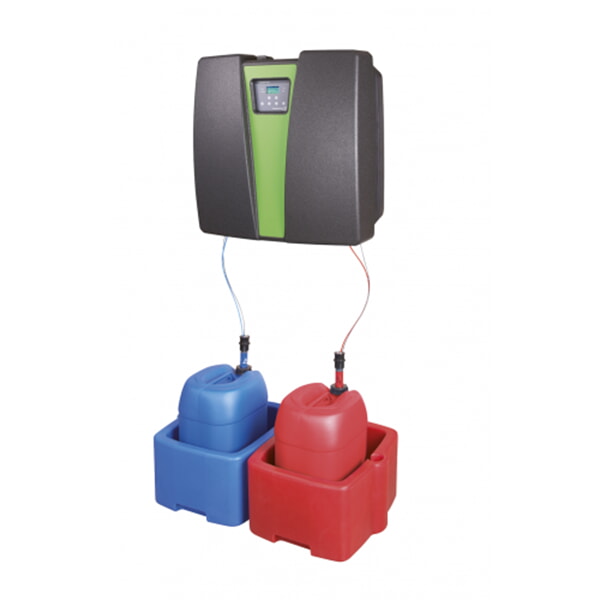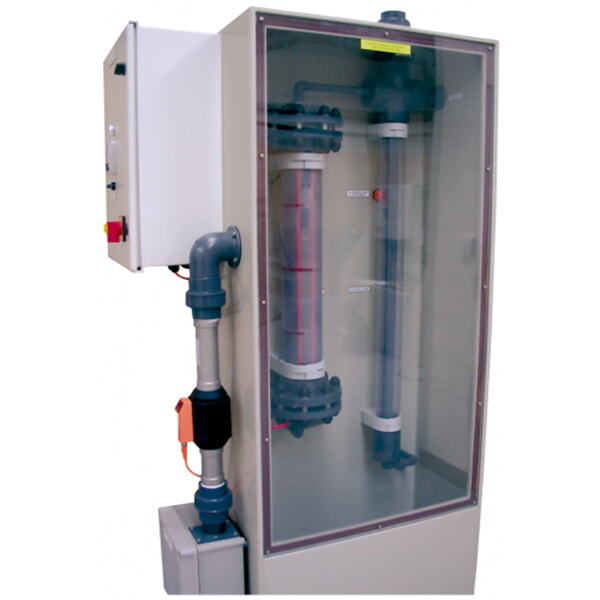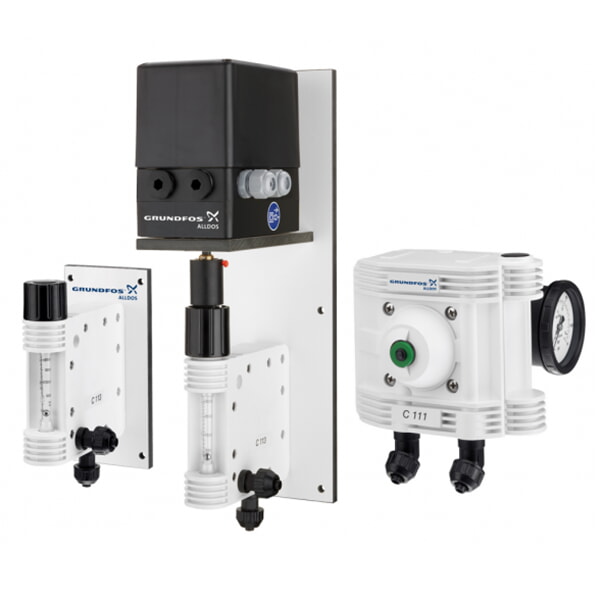OCD-162
The use of chlorine dioxide as a disinfectant is one of the most ideal ways to obtain clean drinking water. Chlorine dioxide is highly effective against all types of microbes and because it stays in the system for a long time, it continues to function as a disinfectant even if it does not absorb water. One of the biggest advantages of chlorine dioxide over other disinfectants is its effect on biofilms.
Oxiperm Pro OCD-162, a chlorine dioxide production system, is an excellent solution to combat Legionella and similar bacteria in drinking water.
Oxiperm Pro OCD-162 systems produce chlorine dioxide using diluted sodium chloride (NaClO2, 7.5%) and hydrochloric acid (HCl, 9%) solutions. The systems produce chlorine dioxide at 5, 10, 30 or 60 g/h, offering four capacity levels. This capacity is sufficient to treat 150 m³ of drinking water per hour with the maximum acceptable concentration of 0.4 mg/l ClO2.
OCD-162 Features & Advantages
- Compact design suitable for limited spaces
- Easy installation
- Low operating costs
- Reliable operation thanks to the integrated control system
- Different water Adaptability to disinfection processes
- Durable design.
- Combating Legionella in the building installations of hospitals, nursing homes, hotels, sports facilities and schools
- Drinking water treatment in urban water systems
- In nurseries etc. irrigation water treatment
- Process water treatment in the food and beverage industry
- Cooling water treatment.


